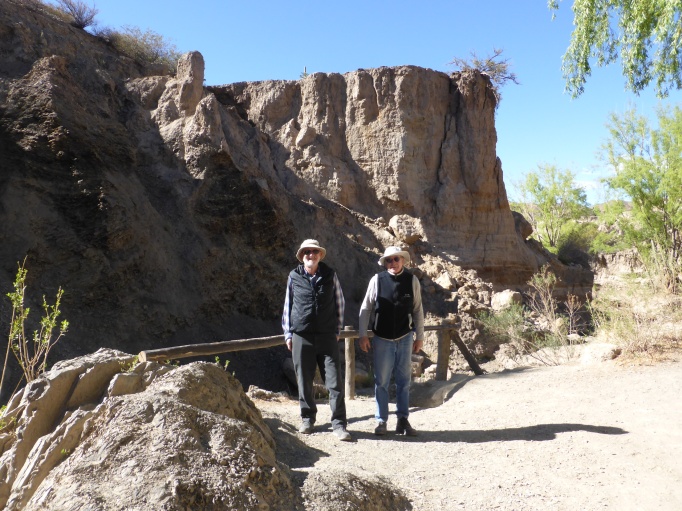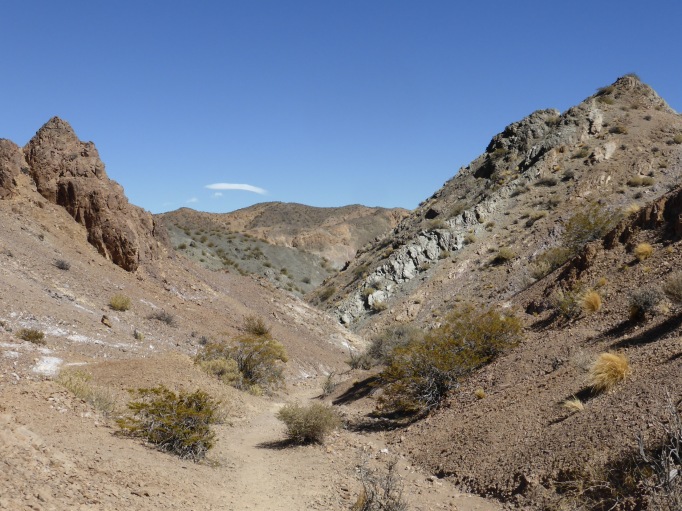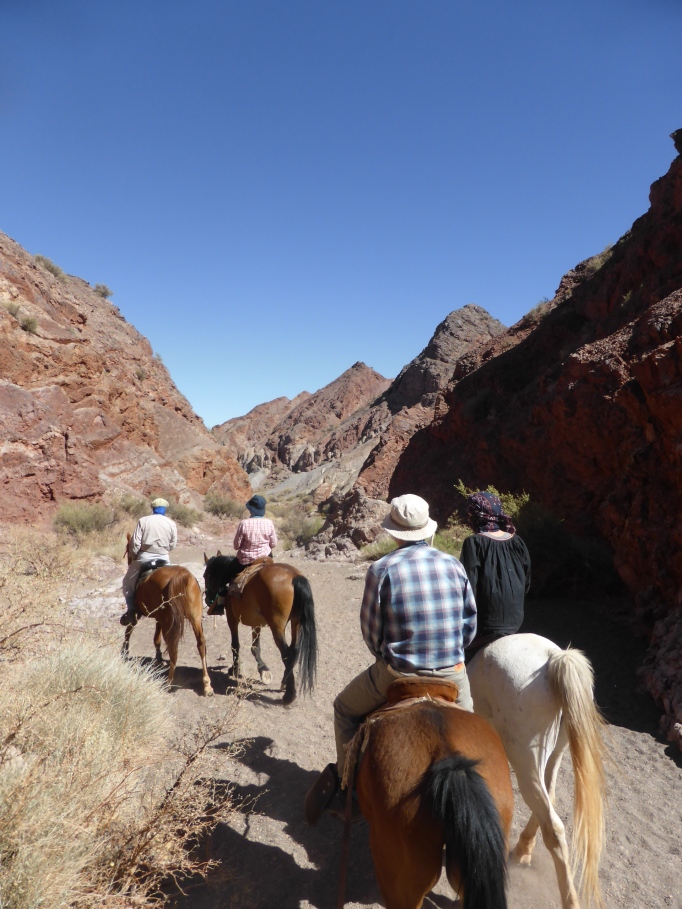In Córdoba we stayed with wonderful Servas hosts, Francisco and Suzi Rodriguez. They made us very welcome and gave us a glimpse of their lives – which turned out to be very similar to ours, of course. A hospital appointment, car service, shopping for paint, half a day caring for a grandchild, a visit to an elderly relative are just the sort of things we’d be doing at home.
Suzi took us round the corner to the local shops where she goes every day. There is a supermarket but individual shops including the butcher, greengrocer and bakery are still thriving alongside one selling ‘descartables’ – disposable everything from food containers to rubber gloves.
A lot of meat is eaten in Argentina and it can’t have been easy to cater for an (almost) vegetarian. Fish was not an option as Córdoba is a long way from the coast and, certainly, the frozen fish available did not look appetising.
On our second evening we all went to the oldest pizzeria in town. There was music and dancing – we even joined in and had a great evening.
We’d hoped to visit the sierras outside Córdoba but there wasn’t enough time and so Francisco arranged for us to spend a couple of days in an out of town resort very popular with Argentinians.
Villa Carlos Paz is a town on a lake 35 kilometres outside Córdoba. Our guide book was discouraging but we found it a pleasant and interesting place to stay. The Main Street is full of tourist shops and restaurants with an emphasis on the staple diet, meat. It was close to the end of term and we saw several school groups having their photos taken in front of the cuckoo clock which seems to be the town symbol. Apparently Carlos Paz is a favourite place for these trips.
Following the advice of a shopkeeper, we took the bus to Cuesta Blanca, a village on the river half an hour out of town. There we followed a wonderful trail up above the village with excellent views and a profusion of flowers – of course it is Spring in the Southern Hemisphere.
We saw some very classy properties, possibly second homes and it seemed there may be conflict between the affluent home owners and the day trippers who come to enjoy a beer, splash about in the river and play or sunbathe on the sandy shore. There are certainly a lot of notices reminding visitors how to behave!
In contrast to the centre of Villa Carlos Paz the lake shore is not much developed other than with facilities for sport and recreation. We spent our second day there alongside many other holidaymakers and were amazed by the amount of bird life.
After this relaxing glimpse of Argentinian life it was time to become proper tourists again. Our last two destinations were Iguazú Falls and the iconic city of Buenos Aires where we celebrated a birthday.
But we’re flying home tomorrow so the final entries to the blog will wait until then.
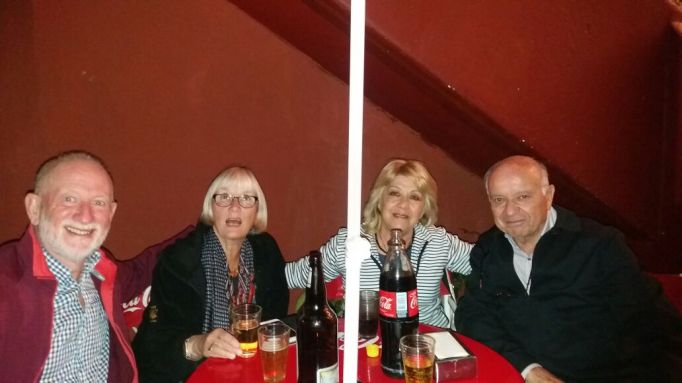
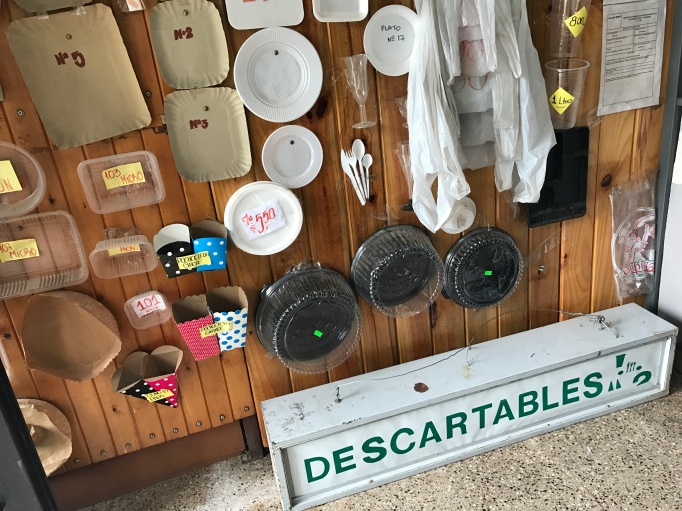
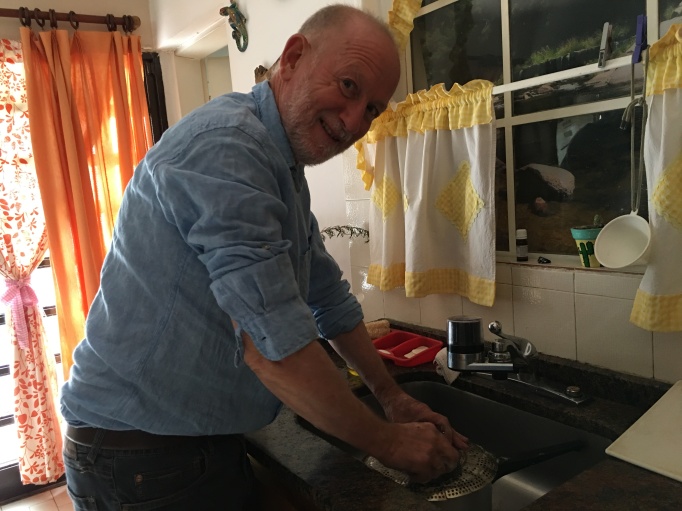
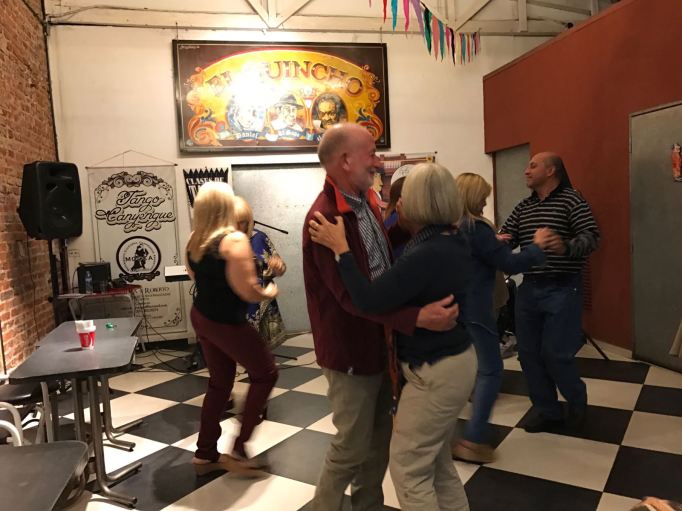
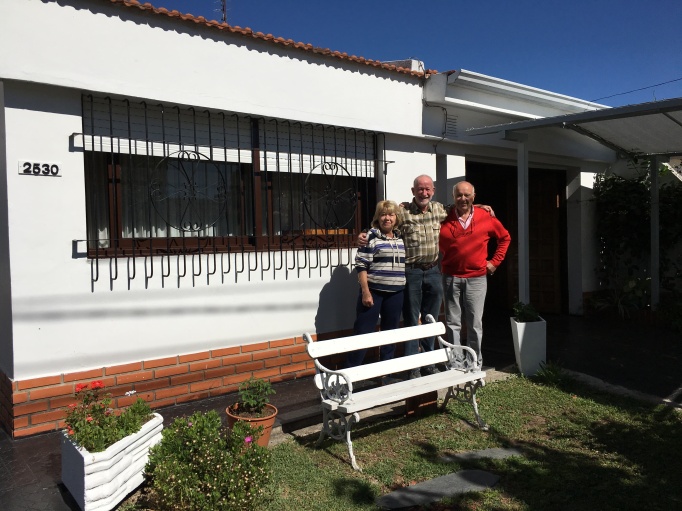
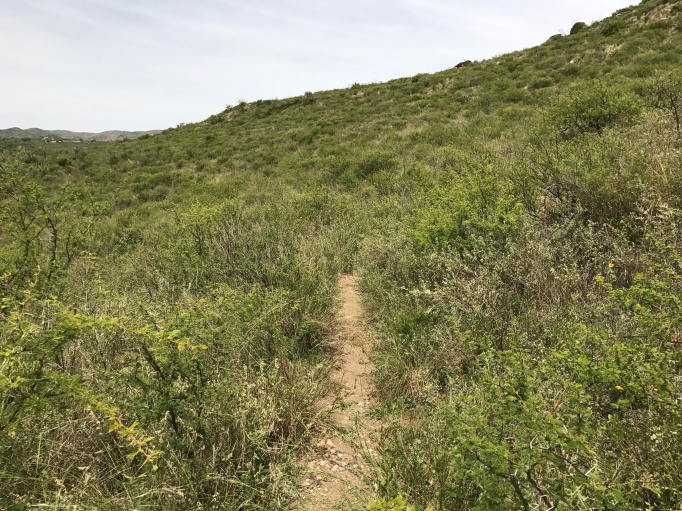
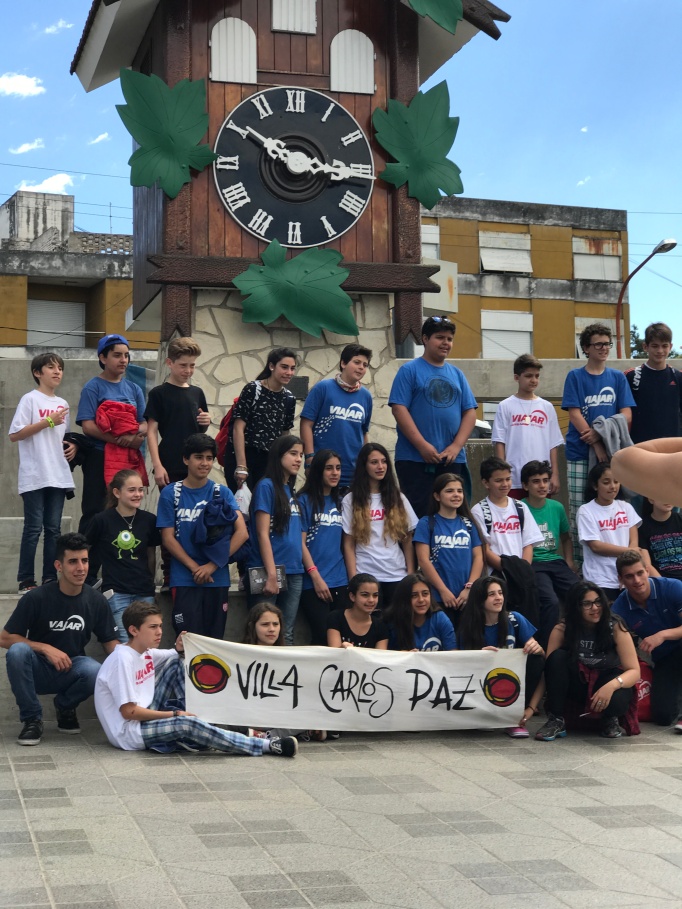
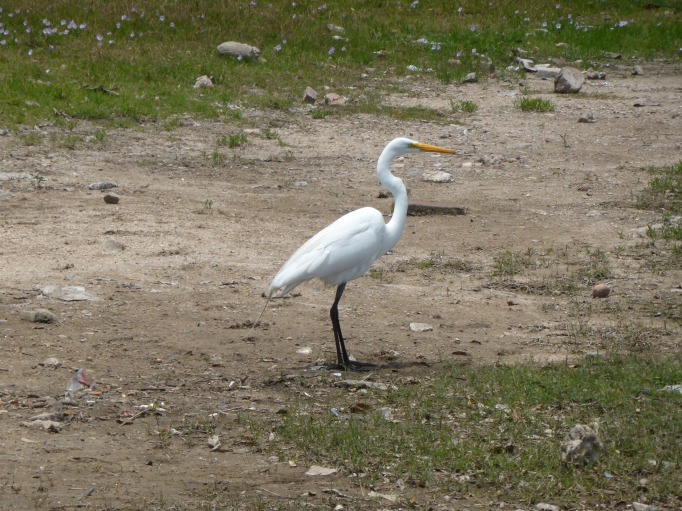

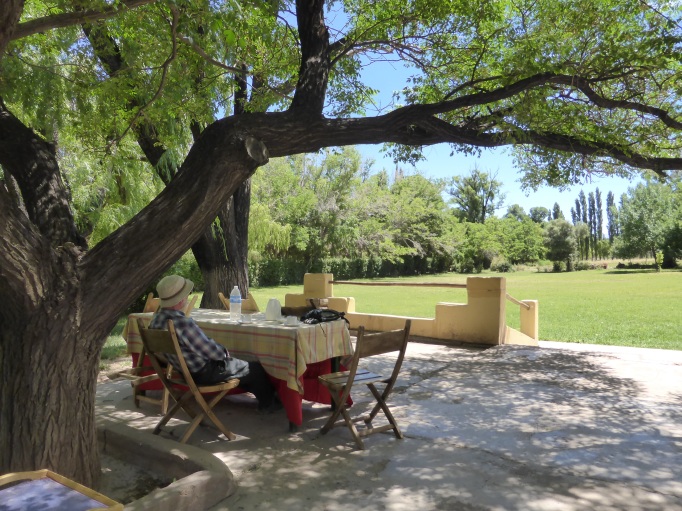
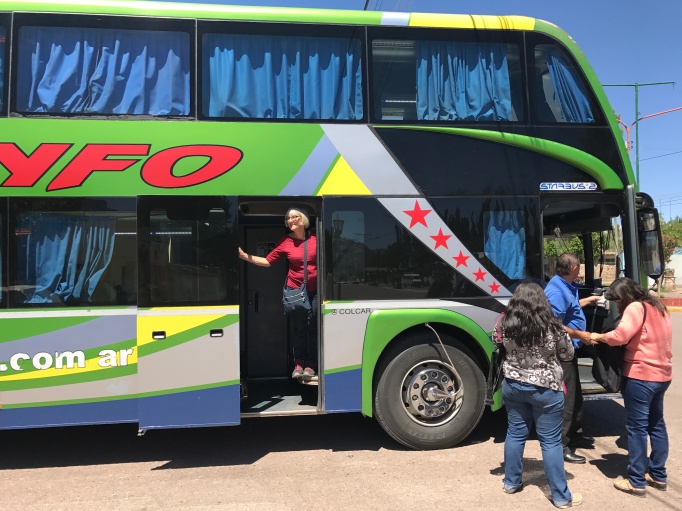
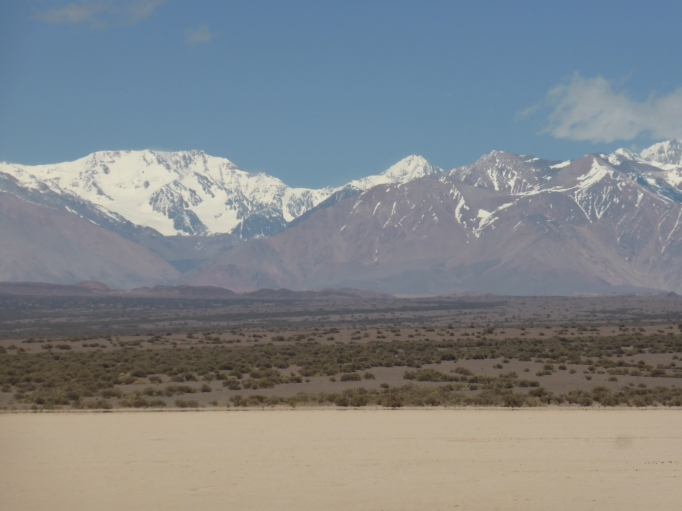
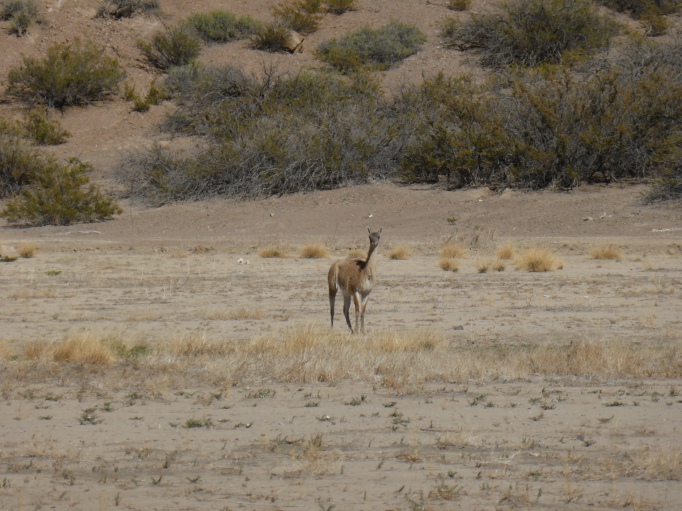 p
p